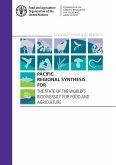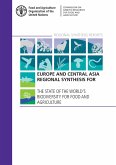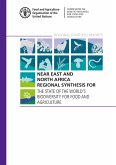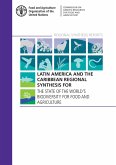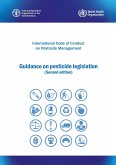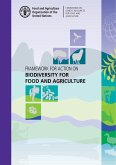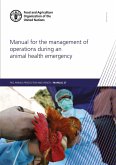The commercial seed industry has grown rapidly in Asia over recent years and these laws should be reviewed to ensure that they reflect recent developments in both technology and trade. In practice, the progress of this updating varies widely across the region; some countries have completed, some are working on it now, while others have not yet started. The purpose of this study is to review the current status of seed legislation in countries of the Asia-Pacific region, to share experiences and to make recommendations for future development of the seed sector in a way that serves the best interests of farmers and society as a whole.
Dieser Download kann aus rechtlichen Gründen nur mit Rechnungsadresse in A, B, CY, CZ, D, DK, EW, E, FIN, F, GR, H, IRL, I, LT, L, LR, M, NL, PL, P, R, S, SLO, SK ausgeliefert werden.



